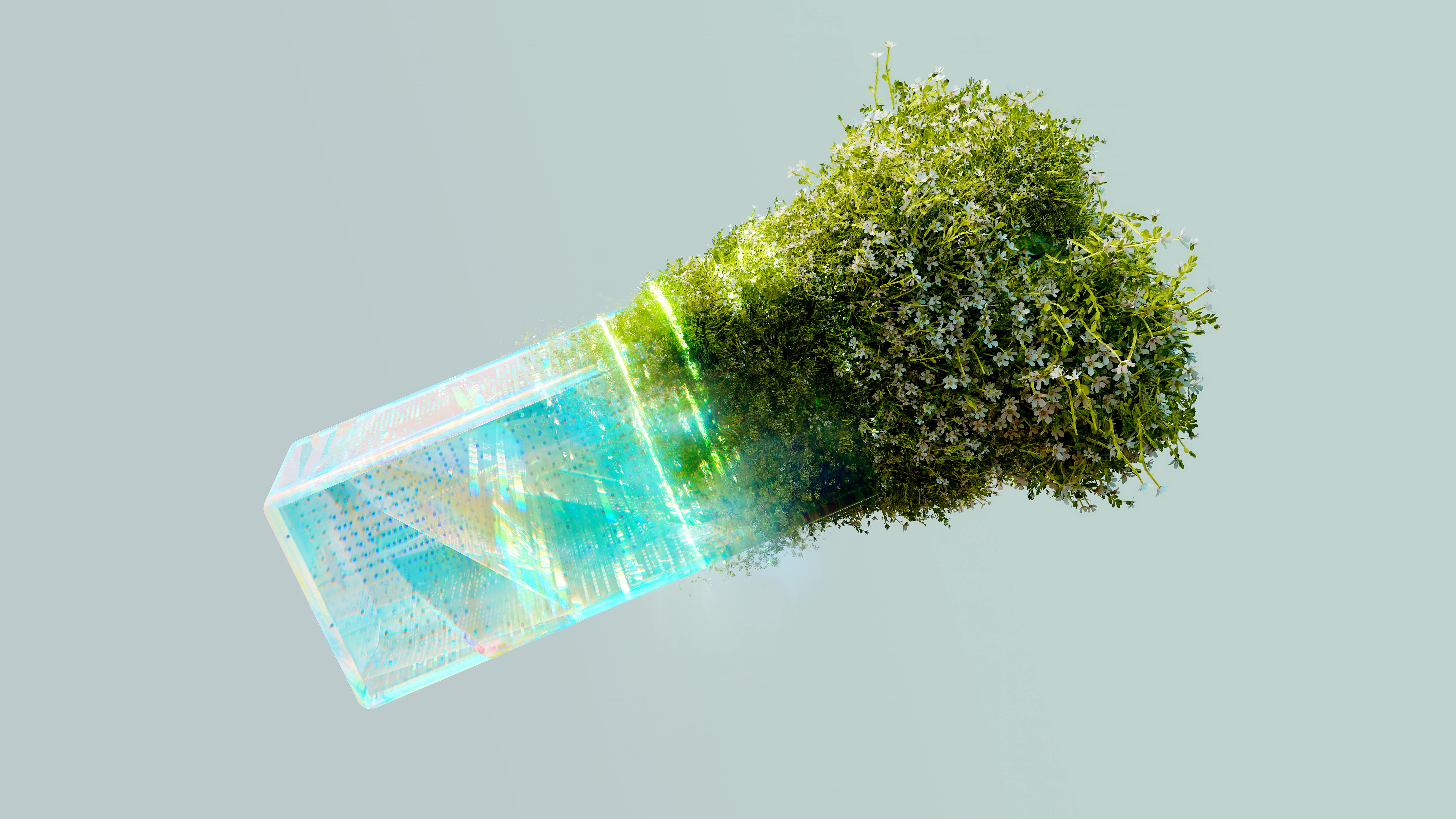Eco-Futurism: The Art Movement Redefining Sustainability
In a world grappling with environmental challenges, a groundbreaking artistic movement is emerging, blending creativity with ecological consciousness. Eco-Futurism, a term gaining traction in art circles, represents a bold fusion of environmental awareness and futuristic vision. This innovative approach is reshaping how artists, designers, and architects conceive the relationship between humanity and nature, offering a glimpse into a more sustainable and harmonious future.

The movement draws inspiration from various sources, including science fiction, biomimicry, and renewable energy technologies. Artists working in this realm often collaborate with scientists, engineers, and urban planners to create works that are not only aesthetically compelling but also functionally innovative. This interdisciplinary approach has led to the creation of artworks that double as renewable energy sources, buildings that purify air, and sculptures that restore ecosystems.
Pioneers of the Movement
At the forefront of Eco-Futurism are artists who challenge conventional boundaries between art, technology, and ecology. One such pioneer is Brazilian artist Tomas Saraceno, whose floating sculptures and interactive installations explore sustainable ways of inhabiting the environment. His Cloud Cities series, for instance, presents biospheres suspended in the air, inviting viewers to imagine alternative, more sustainable forms of urban living.
Another key figure is Dutch artist and innovator Daan Roosegaarde, whose projects merge art with environmental solutions. His Smog Free Tower, a large outdoor air purifier that turns smog into jewelry, exemplifies the Eco-Futurist ethos of transforming environmental challenges into opportunities for beauty and innovation.
Architectural Innovations
In architecture, Eco-Futurism is manifesting through buildings that go beyond mere energy efficiency to actively contribute to environmental health. Vincent Callebaut’s conceptual Lilypad project envisions floating cities that could house climate refugees while cleaning the air and water around them. Similarly, the Bosco Verticale in Milan, designed by Stefano Boeri, represents a realized Eco-Futurist vision—two residential towers covered in trees and plants that absorb CO2 and produce oxygen.
These architectural marvels are not just aesthetically pleasing; they represent a fundamental shift in how we conceive the built environment. By integrating natural systems into urban structures, Eco-Futurist architects are creating living, breathing buildings that symbiotically coexist with their surroundings.
Digital Art and Virtual Ecosystems
The digital realm has also become a fertile ground for Eco-Futurist expression. Artists are using virtual and augmented reality to create immersive experiences that simulate future eco-friendly worlds or highlight the consequences of environmental inaction. These digital ecosystems serve as both cautionary tales and inspirational visions, allowing viewers to interact with potential futures in ways that were previously impossible.
One notable example is the work of artist Jakob Kudsk Steensen, whose VR installations blend real ecological data with fantastical landscapes. His project Liminal Lands transforms a French wetland into a futuristic digital ecosystem, offering a mesmerizing glimpse into a world where technology and nature are seamlessly integrated.
Impact on Popular Culture and Consumer Behavior
Eco-Futurism’s influence extends beyond the art world, permeating popular culture and consumer trends. Fashion designers are embracing the movement’s ethos, creating garments from sustainable materials that not only minimize environmental impact but also incorporate technologies like solar panels or air-purifying fabrics.
In the entertainment industry, Eco-Futurist themes are becoming increasingly prevalent in films, TV shows, and video games. These narratives often present optimistic visions of the future where humanity has successfully addressed environmental challenges through innovation and harmony with nature.
This cultural shift is also influencing consumer behavior, with a growing demand for products and experiences that align with Eco-Futurist principles. From eco-friendly smart homes to sustainable travel experiences, consumers are increasingly seeking ways to incorporate these futuristic, environmentally conscious ideas into their daily lives.
Challenges and Criticisms
Despite its growing popularity, Eco-Futurism faces challenges and criticisms. Some argue that the movement’s reliance on technology perpetuates the very mindset that led to our current environmental crisis. Critics contend that true sustainability requires a more fundamental reassessment of human consumption patterns and relationship with nature.
Additionally, there are concerns about the accessibility and practicality of some Eco-Futurist visions. Many of the movement’s most ambitious projects remain conceptual or are only feasible for wealthy individuals or institutions, raising questions about equity and inclusivity in the pursuit of a sustainable future.
The Future of Eco-Futurism
As environmental concerns continue to escalate, Eco-Futurism is likely to play an increasingly significant role in shaping our collective vision of the future. The movement’s ability to inspire hope and imagination in the face of daunting ecological challenges makes it a powerful force for change.
Moving forward, the success of Eco-Futurism will depend on its ability to bridge the gap between visionary concepts and practical, widely accessible solutions. As more artists, designers, and innovators embrace this approach, we may see a proliferation of ideas that not only captivate our imagination but also provide tangible pathways to a more sustainable world.
In conclusion, Eco-Futurism represents a vital intersection of art, technology, and environmental consciousness. By reimagining our relationship with nature through a lens of innovation and creativity, this movement offers a compelling vision of a future where human progress and ecological harmony are not mutually exclusive. As we face unprecedented environmental challenges, the imaginative power of Eco-Futurism may prove to be a crucial catalyst in inspiring the solutions we so urgently need.





